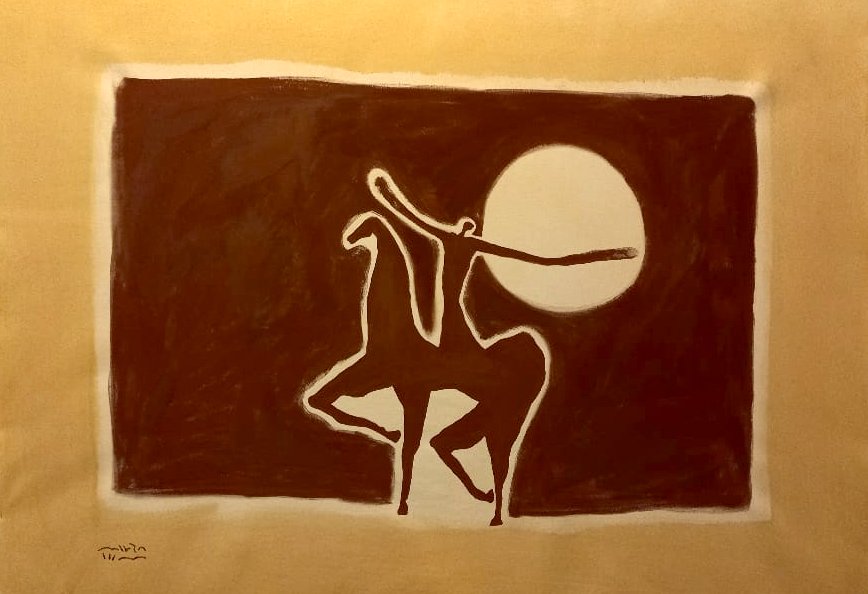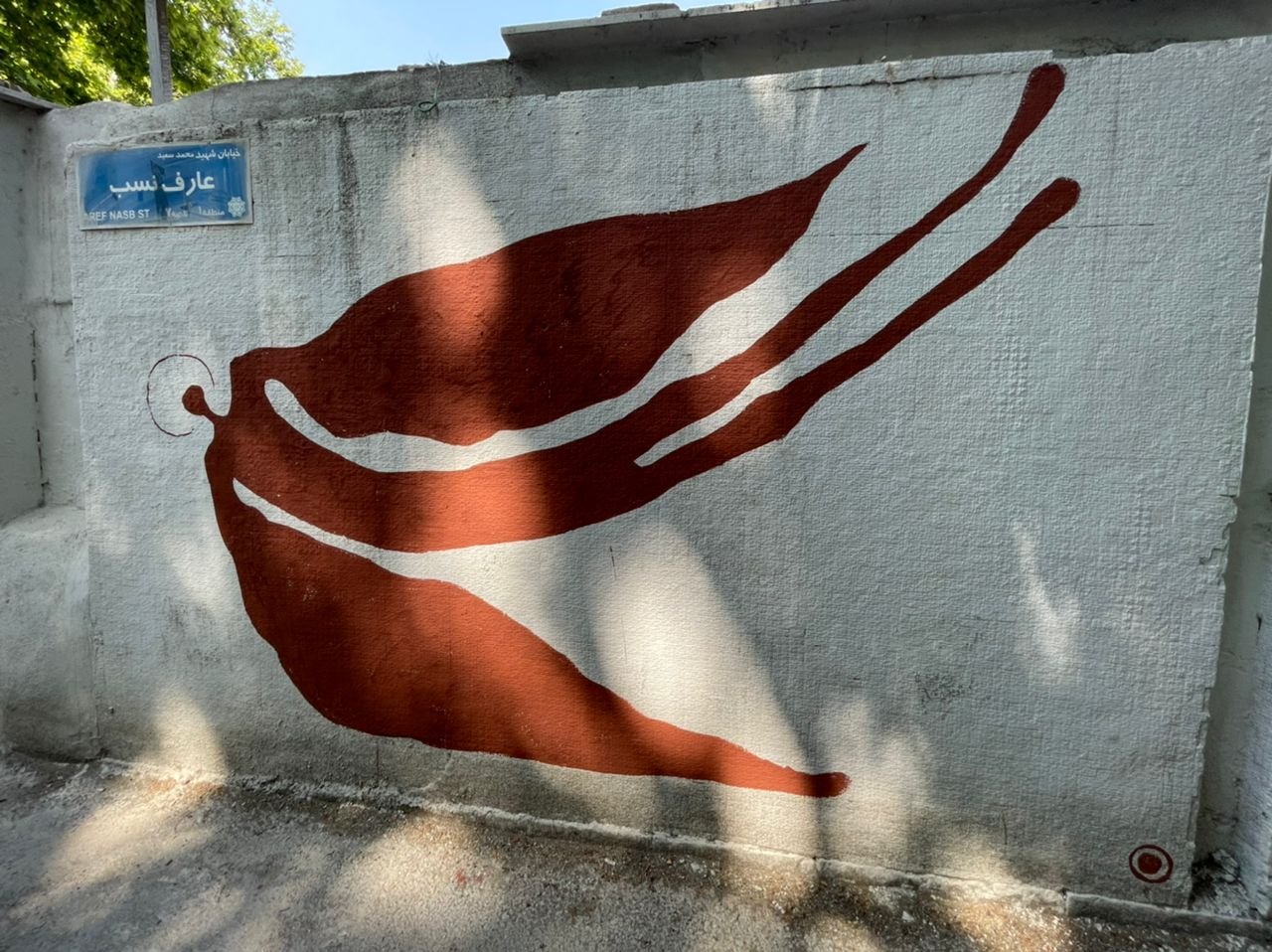The New Gallery has curated a second comprehensive exhibition titled “The Origin Of All Things”, works by the enigmatic street artist in Tehran Iran, Mirza Hamid, with photo documentary by Morvarid Khalilzad.
October 5th to 29th, at Basilica Hudson Gallery Building.
On view: Original canvases and drawings by Mirza Hamid, limited edition Photographs of his street murals by Morvarid Khalilzad signed by both the artist and photographer, plus video documentation of Mirza Hamid painting on the streets of Tehran.

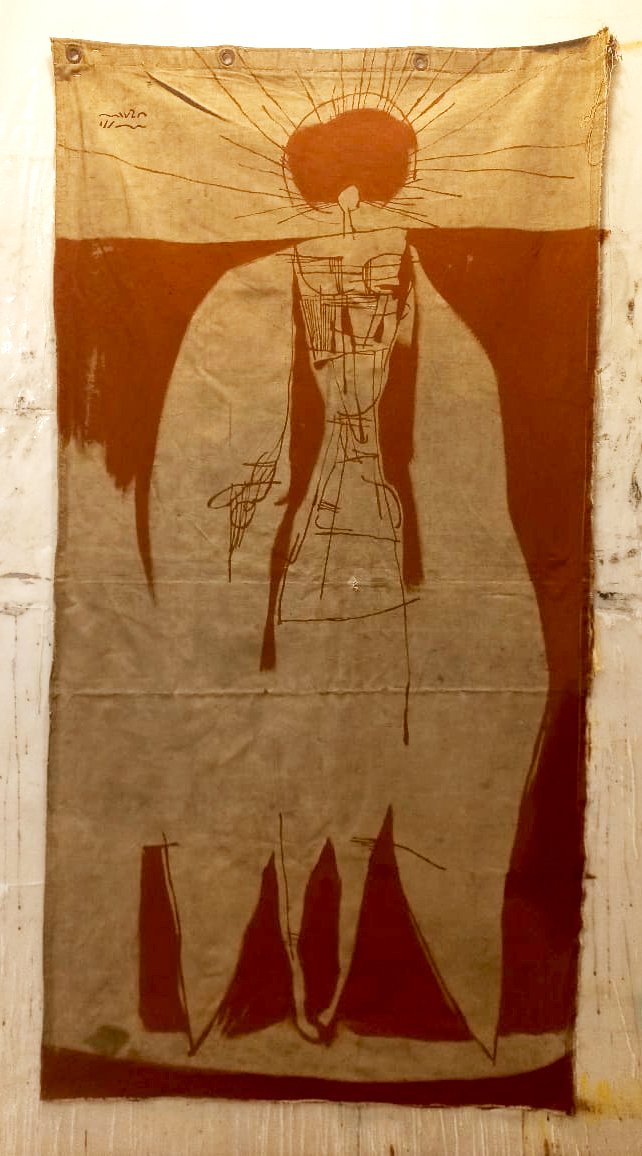

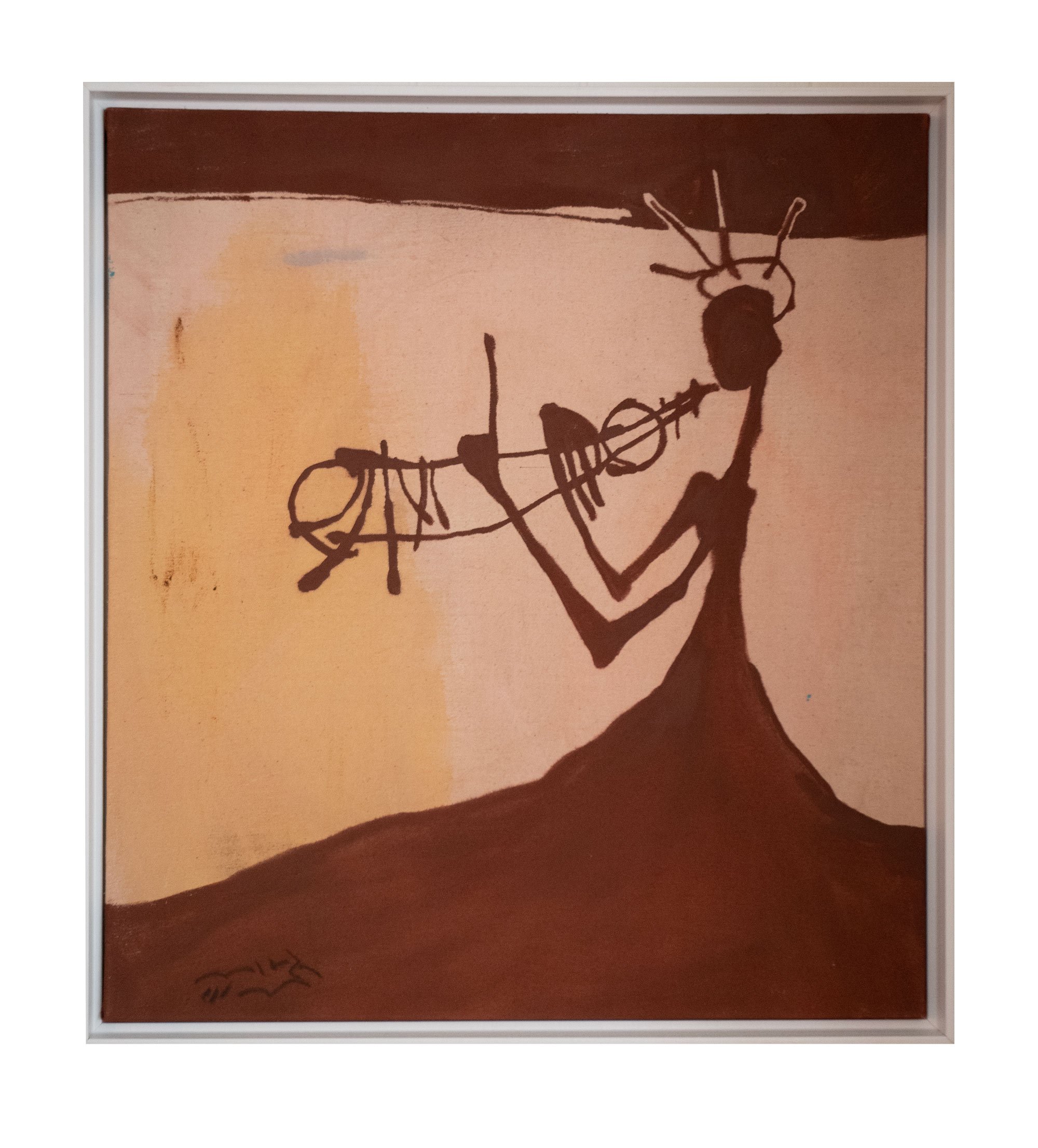
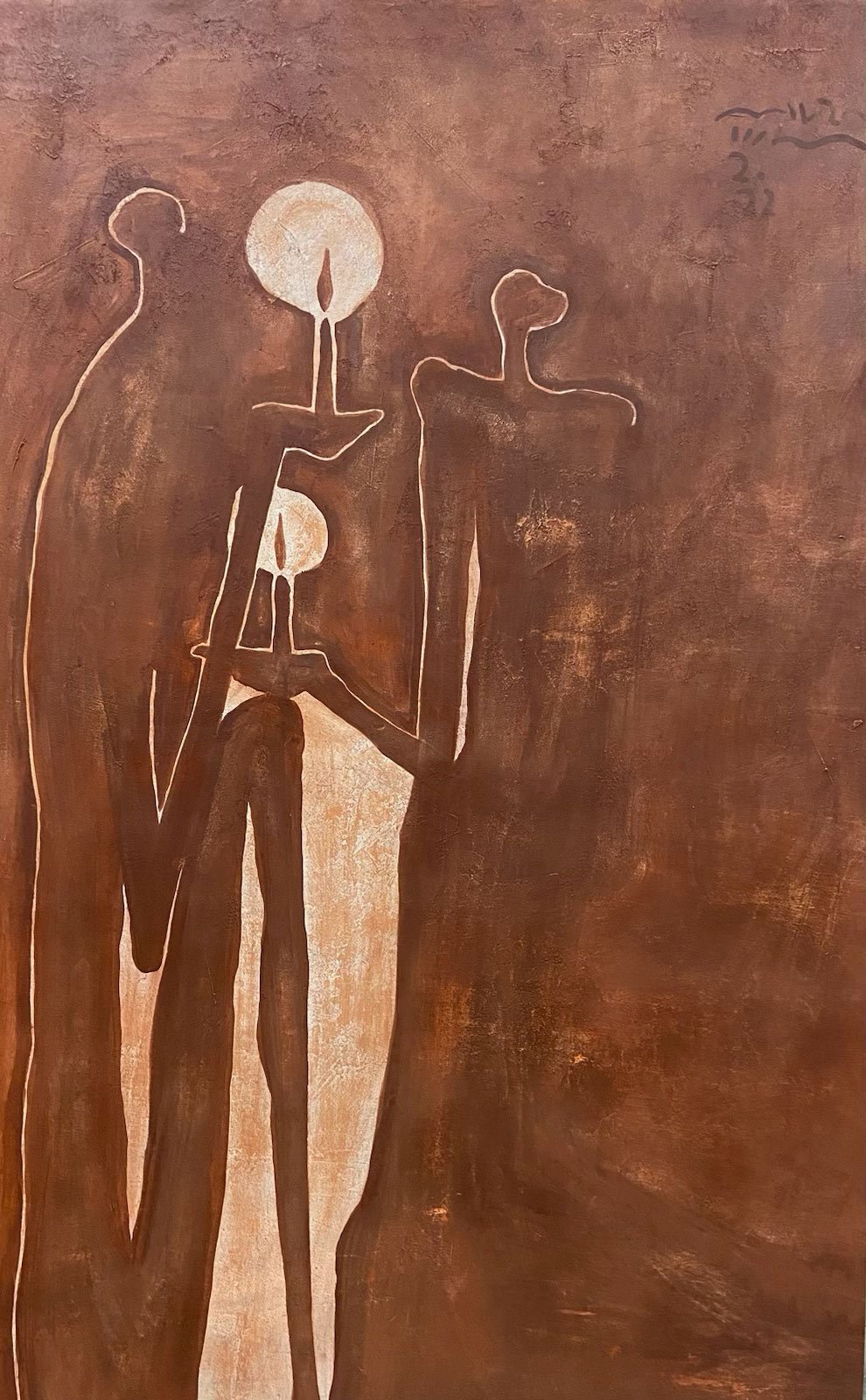
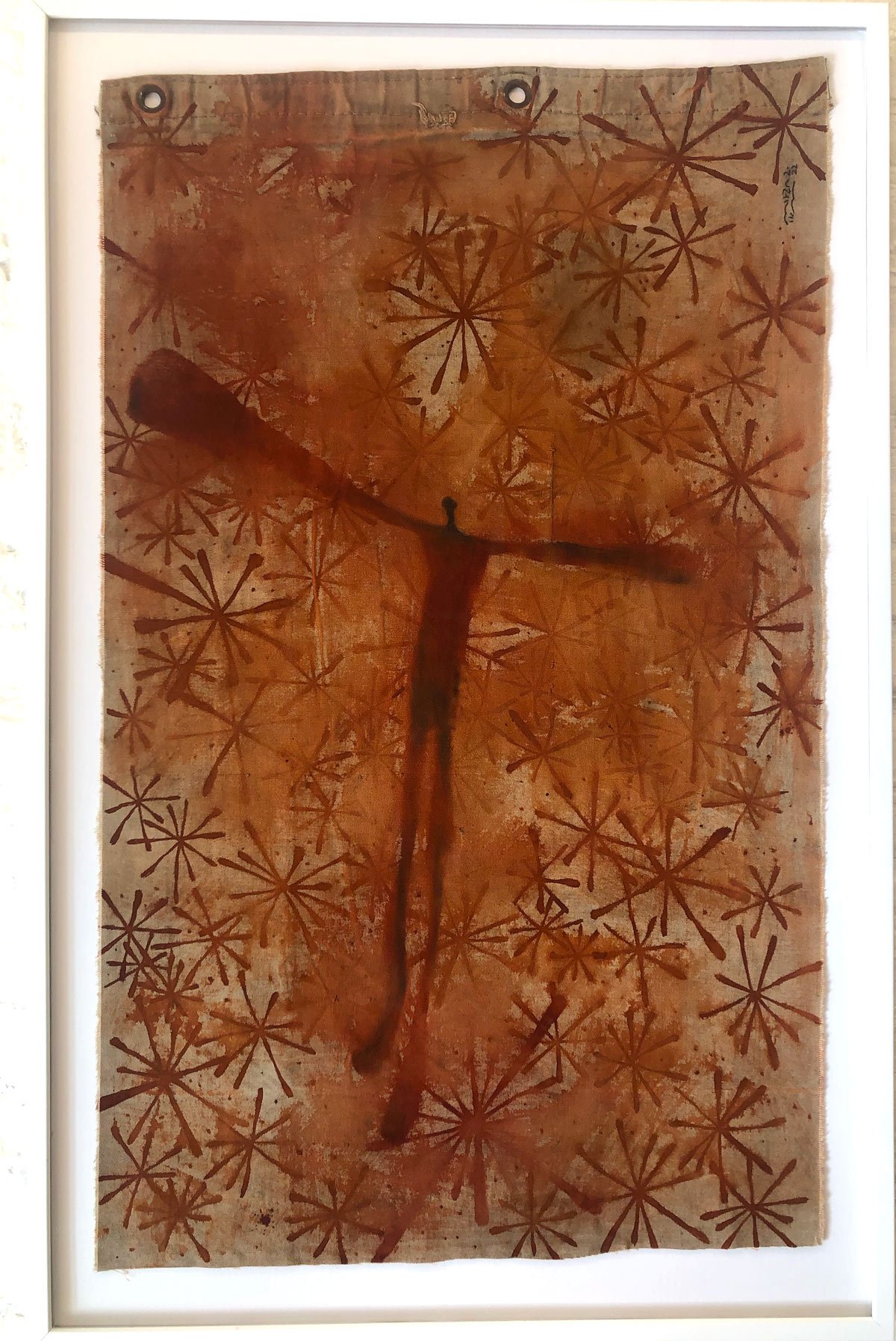
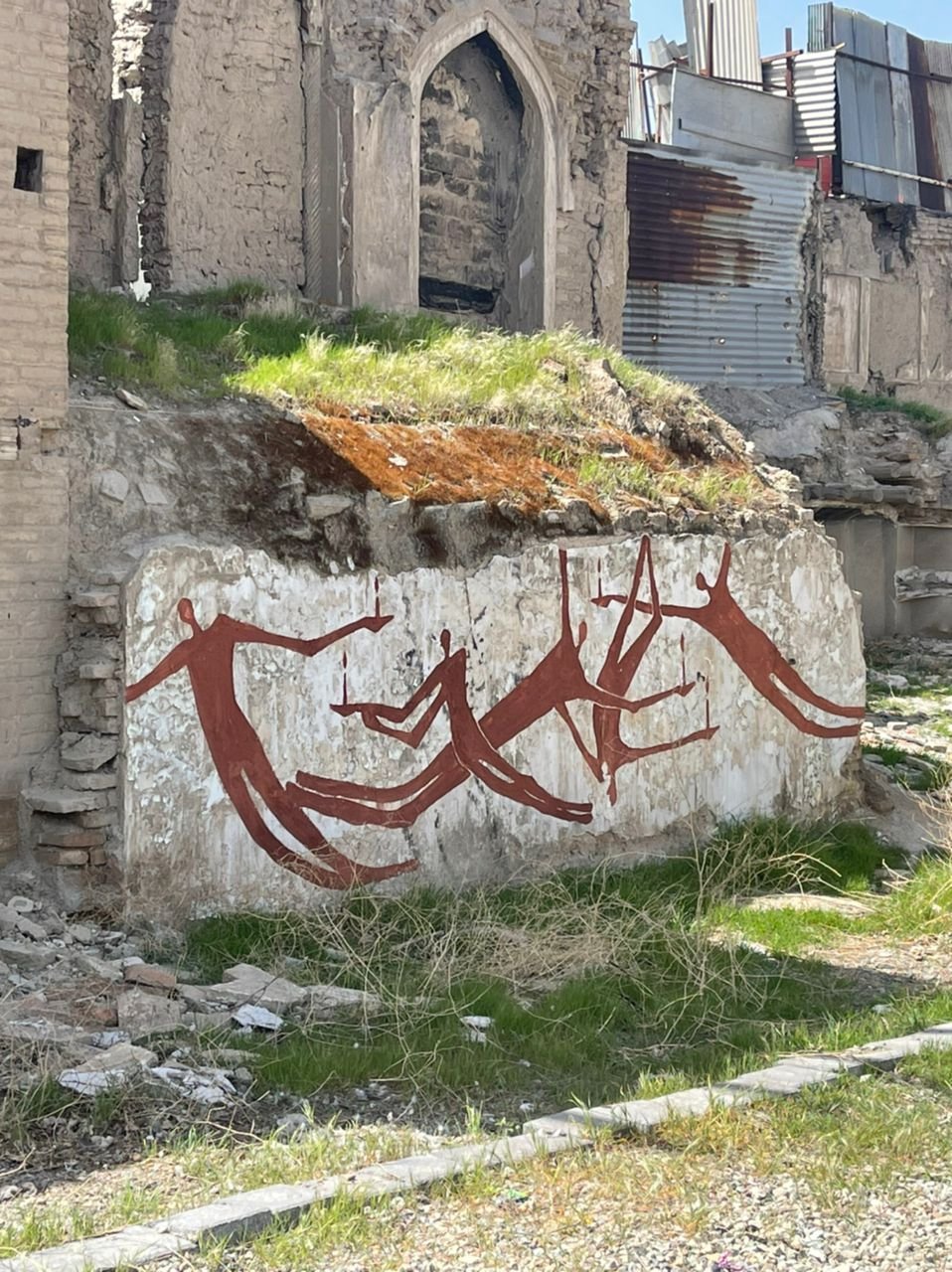




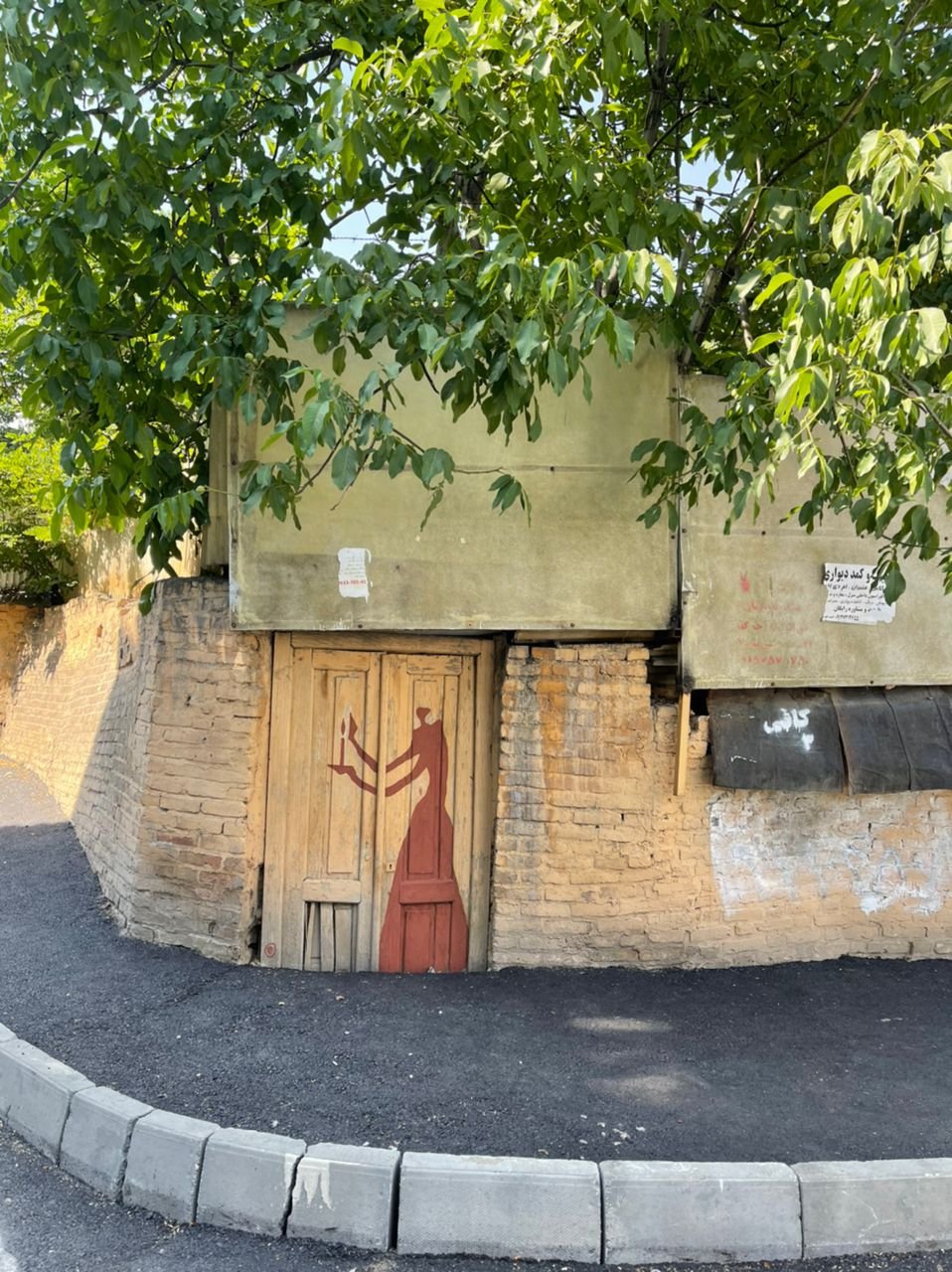
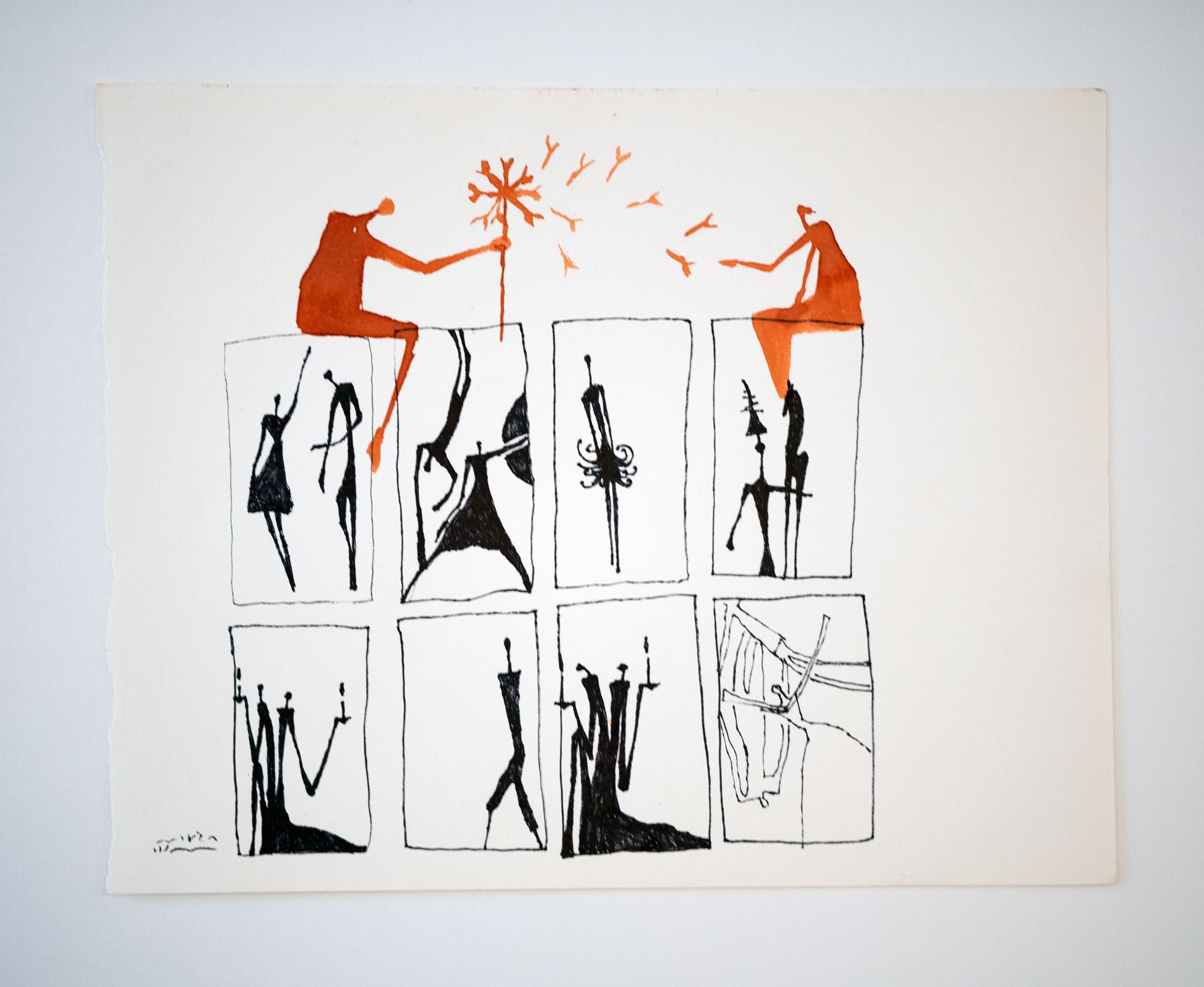


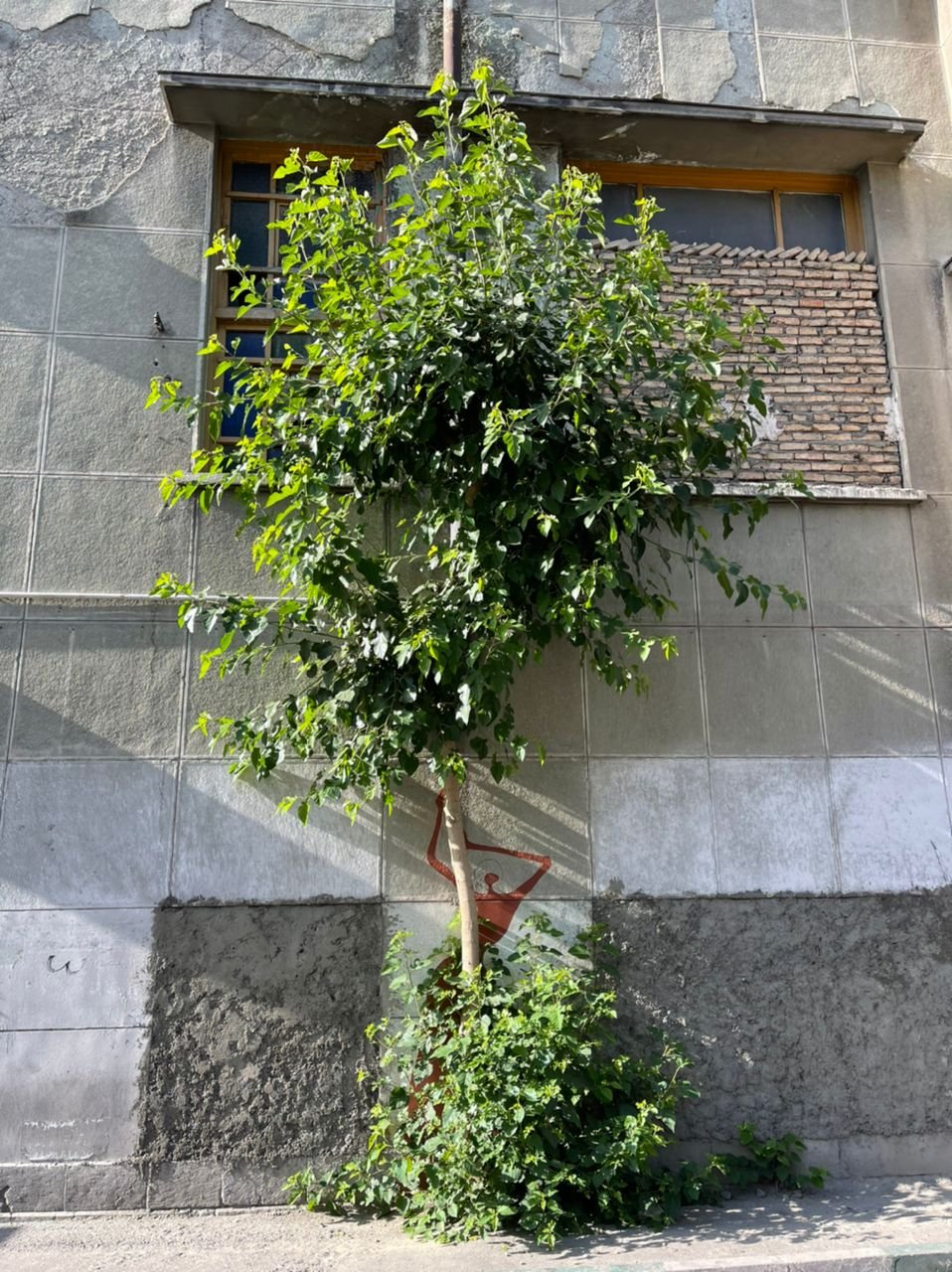
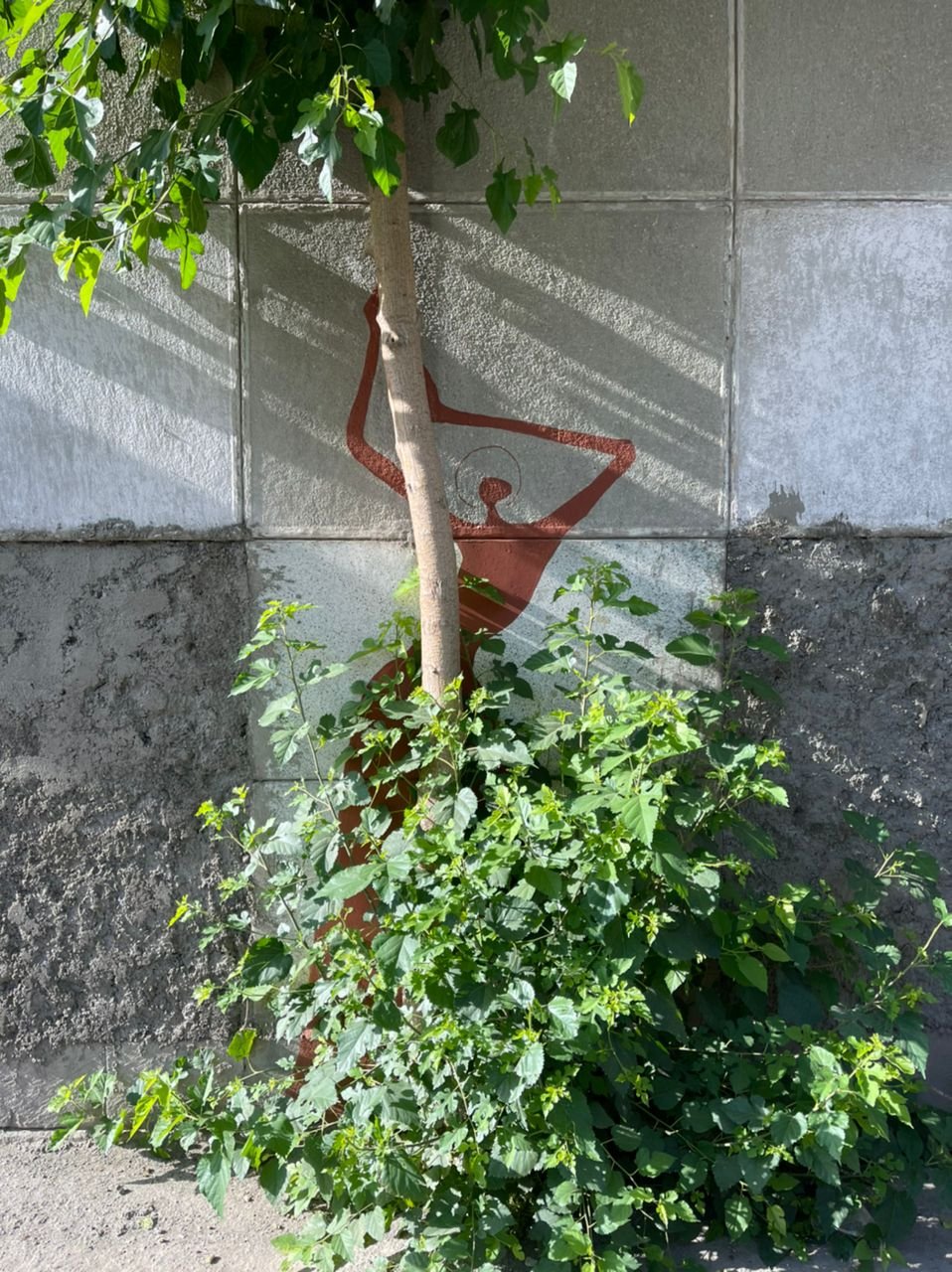
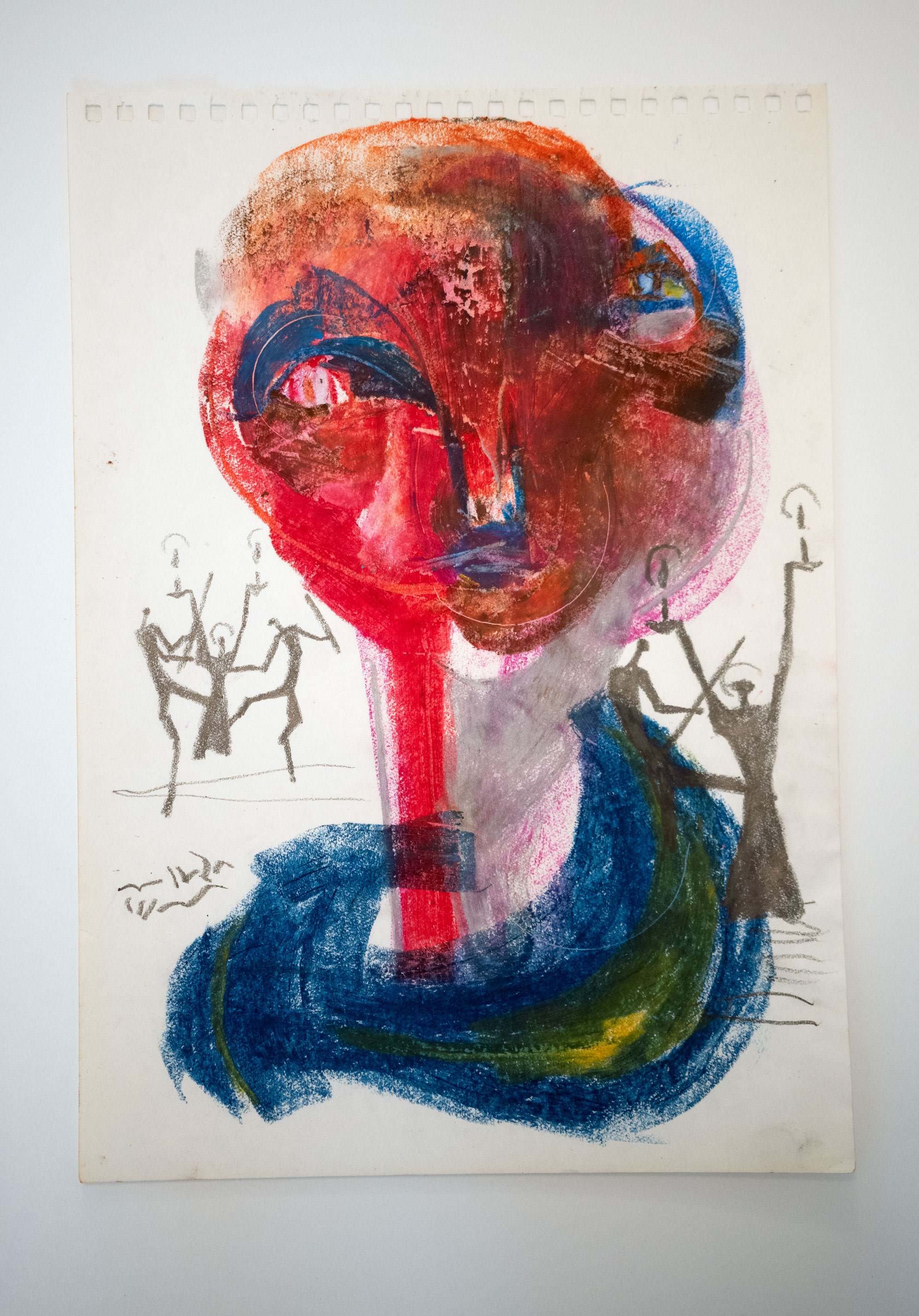
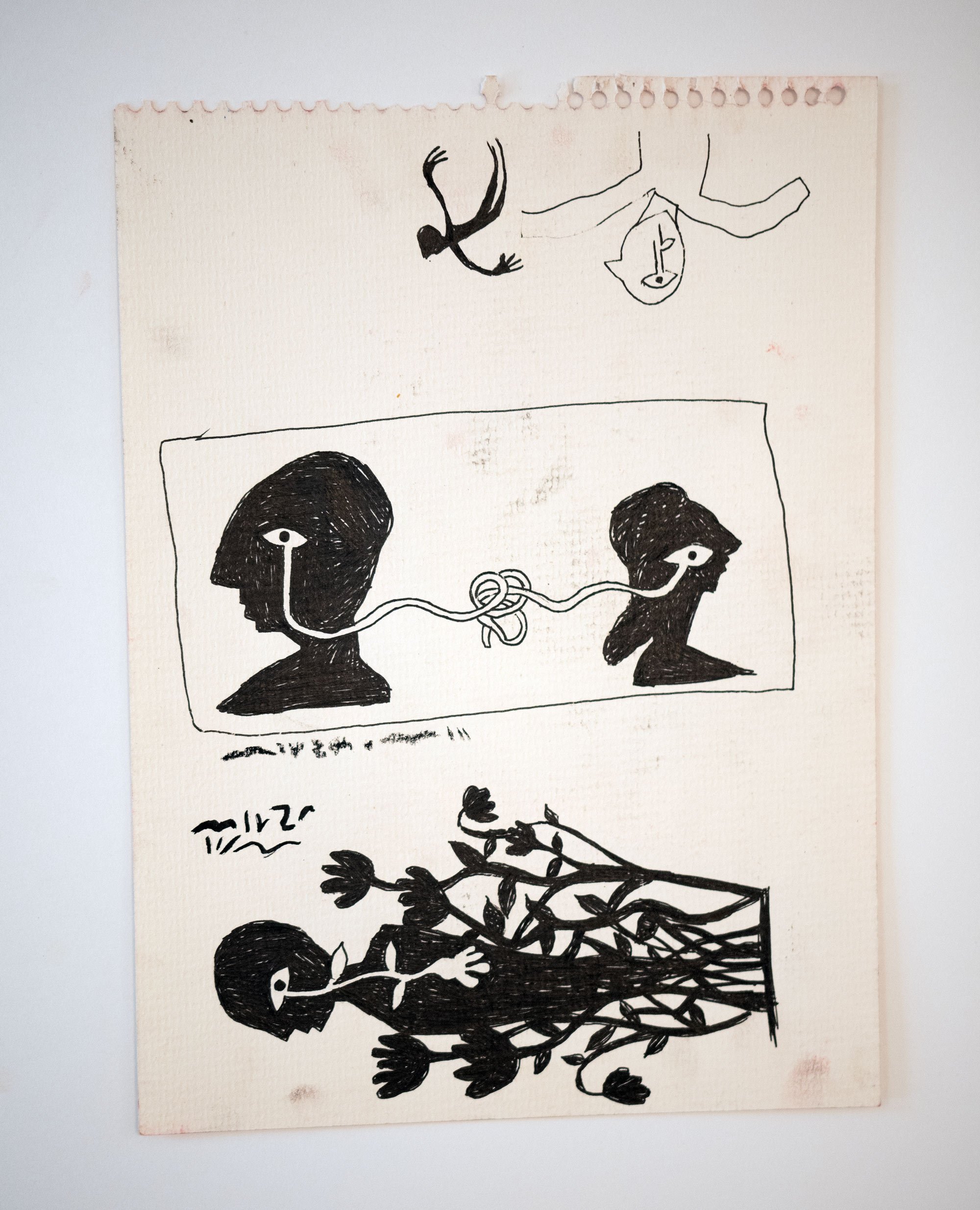
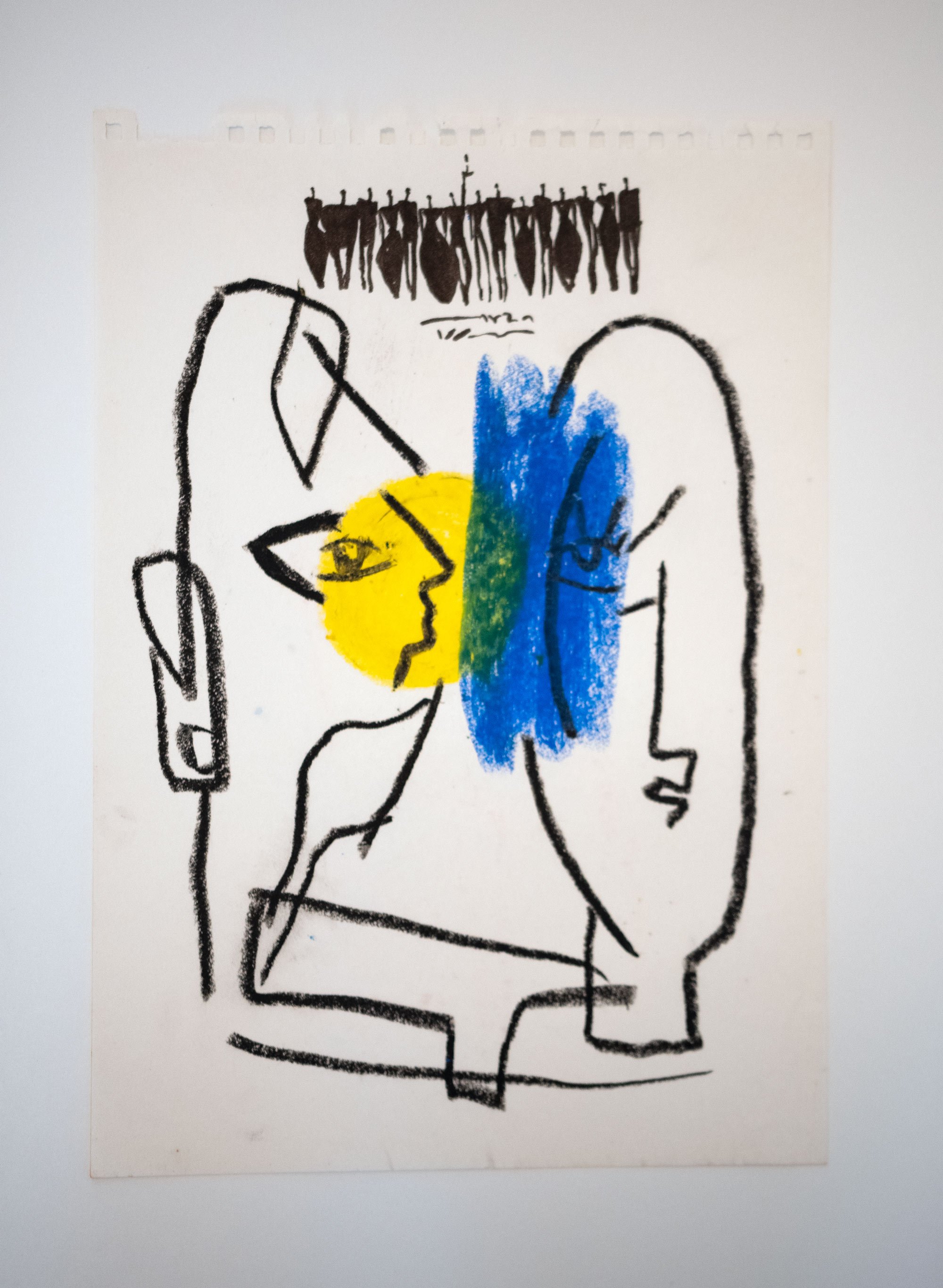

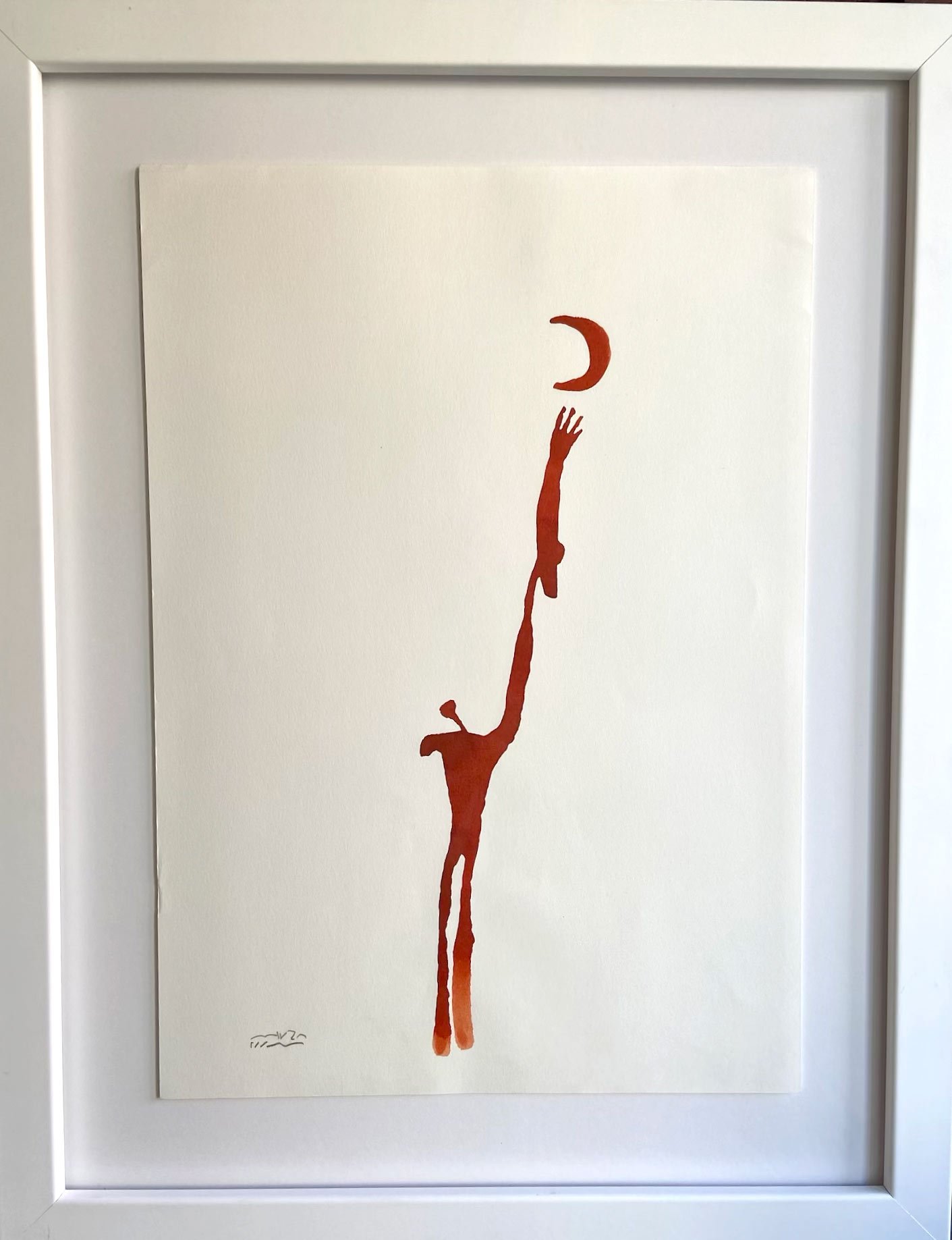

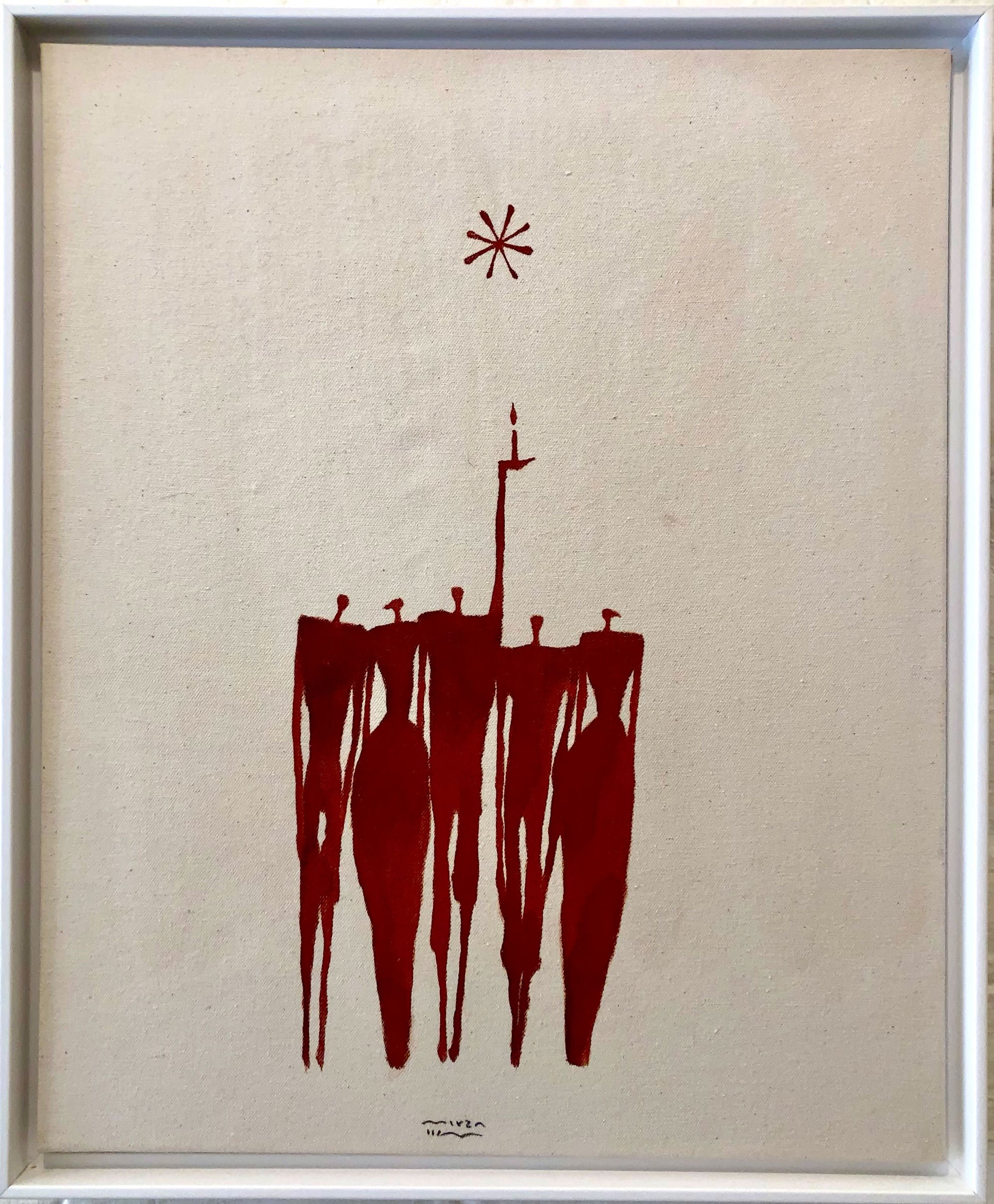
For over a decade, and continuing, Mirza Hamid’s works have been appearing on the busy streets and back alleys of Tehran, with occasional forays into other cities. To date he has done several hundred murals. The city periodically paints over the murals, as all cities in the world often do to street art, and Mirza Hamid paints more.
Hamid uses only red earth as his medium, the exact same timeless pigment used in ancient cave paintings. His work refers to the origin of all things, to art being inherent in all humans. He reminds us that we have always been one, one human race. In the context of the vast and modern city of Tehran, he paints on unique buildings chosen with a keen eye, both historic and modern architecture,and takes us to the seed of our want for art.
Mirza Hamid depicts in graceful forms, an extract of all stories ever told. Mirza Hamid’s street murals, are a contemporary iteration of what the word “graffiti” means, while making a connection to the origins of it all, painting with the most ancient pigment ever used in human history, in a modern city with an ancient history.
In this divided world, Mirza Hamid’s work inspire a sense of unity in the human race, and invite us to reach in the ancient memories we all carry in our cells, to remember the day we knew were one.
“Derived from the Italian word graffio (“scratch”), graffiti (“incised inscriptions,”) has a long history. For example, markings have been found in ancient Roman ruins, in the remains of the Mayan city of Tikal in Central America, on rocks in Spain dating to the 16th century, and in medieval English churches.” *Encyclopedia Britannica
Street art has often been a way to bring beauty into an otherwise bleak existence. Mirza Hamid takes this task to heart. He has traveled to war torn areas of Damascus, where entire families live in ruins. He gently pivots the vantage point of children living in bombed out buildings, by giving them the gift of beauty, hope, love, and even happiness in conditions where that felt impossible.
He has managed to effect the function of a building, by painting day after day in a half ruined beautiful old structure, mainly used as a squat house for addicts and those down on their luck. He changed the environment by insisting on beauty, to the point that the squatters started to feel better about themselves, some cleaned up their lives, and the city turned it into an attraction with park benches and a patch of grass.
Mirza Hamid says about the pigment he uses: “Red earth is the pigment used by the first humans to begin creating paintings, and since then, throughout all the eras of human history, it’s been incorporated in various forms. This same pigment was used on primitive earthenware, water jugs and dishes, which are still found in abundance in Iran. Moving forward through time, it became a symbol for life after death, where the deceased were covered in red earth to help usher them to the next world. “Red earth is not only a pigment, it carries with it all the meaning that it’s absorbed through human history, and it generously gifts this wisdom to whomever uses it, whether it’s on an ancient ceramic; or on a mummified Egyptian Pharaoh; or in the streets of Tehran; or on the ruins of Damascus. Red earth exists still in it’s original quality and delicacy, much like a wild Poppy flower that still emerges out of the soil’s heart with the same characteristics and delicacy, as it did at the origin of time.”
- Mirza Hamid
Morvarid Khalilzad says of her relationship to Mirza Hamid’s street murals: “I am an architect and interested in unique buildings, facades and windows. On one of the days when I was out with my camera taking photos in the city, I came across a series of very special murals. I saw these murals in different places, their color and designs made me look for more of them in the city and I found an emotional connection with them. Each day that I decided to wonder in the city to find more of the murals, I saw one. After these encounters with his murals, I came to the conclusion that their creator also pays attention to the old buildings, walls, and special alleys of the city, and this understanding became the key to finding Mirza Hamid’s murals, leading me to those special places. I’ve continued this pursuit non stop every weekend since that day in 2018.”
- Morvarid Khalilzad




